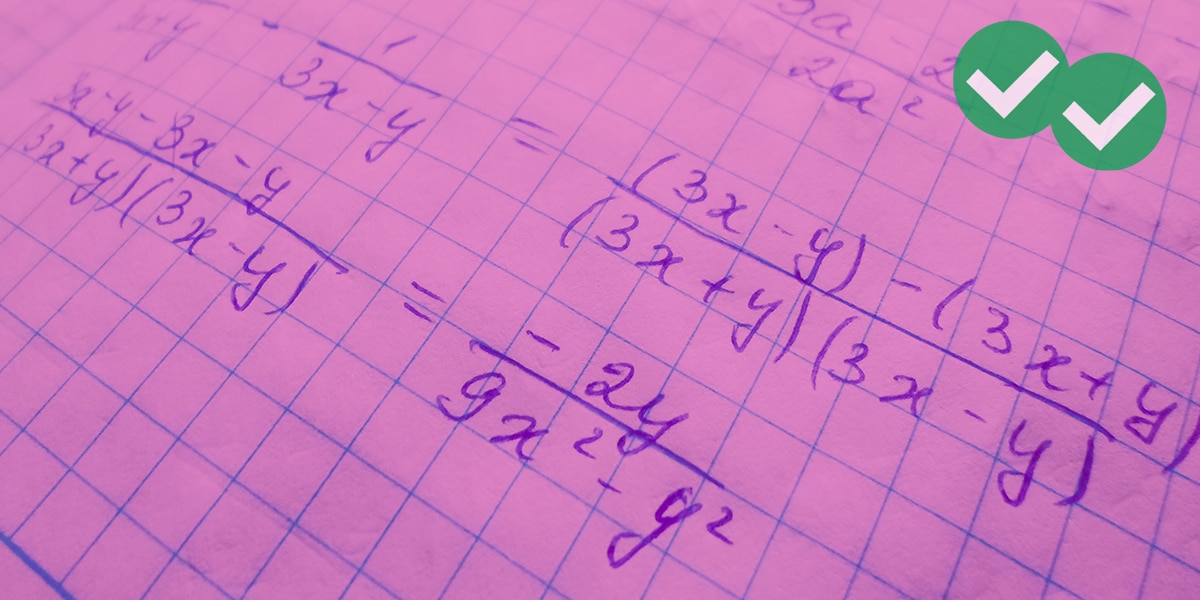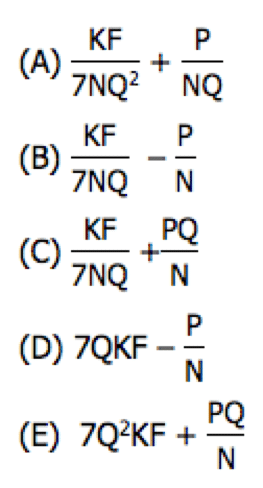
What is an adaptive test? How should you change your study strategy to prepare for the GMAT Computer Adaptive Test (CAT)? Computer adaptive testing definitely puts pressure on your testing experience and forces you to adapt your test-taking strategy in small ways. It’s especially important to understand how the GMAT calculates your score and what this means for you as a test-taker.
The GMAT uses Computer Adaptive Testing (CAT)
This means, first of all, that each question you answer correctly or incorrectly determines what questions you will see later in the GMAT. It also means that any two people, even two people of nearly identical abilities and preparedness, will not see identical questions when they take their respective GMATs. BUT, because of the magic of psychometrics, two people who perform with comparable skill & strategy & focus will have comparable GMAT scores. The magic of how computer adaptive testing is different for everyone but the score is fair for everyone—if you don’t have a Ph.D. in Psychometrics or Statistics or something like that, then just take that magic as an article of faith.
It’s also very important to point out: only the GMAT Quantitative and Verbal sections are computer adaptive. The Integrated Reasoning is NOT computer adaptive, and of course, the AWA essay is not. Everything I say in this blog about the CAT concerns only the Q & V sections.
What is an adaptive test and how does the GMAT CAT work?
The GMAT is trying to figure out objectively your Quantitative Ability and your Verbal Abilities in a relatively short time. Think of computer adaptive testing as a big “twenty questions” game. Suppose your “opponent” picks a US city, and you are allowed to ask “horizontal yes/no questions” (e.g. “Is your city east/west of X?”) and “vertical yes/no questions” (e.g. “Is your city north/south of X?).
You might ask a bunch of horizontal questions. It is west of Albuquerque? No. Is it east of Atlanta? No. Is it east of Denver? No. Is it east of Santa Fe? No. OK, that narrows things down to a relatively thin vertical band.
Then a bunch of vertical questions. It is North of Wichita? No. Is it north of Birmingham, AL? No. It is north of New Orleans? Yes. Is it north of Tucson? No.
Among major cities, those answers are enough to home in on El Paso, TX. Much in the same way, the GMAT asks you two question types, Math and Verbal. By giving you easy and hard questions of each kind, the computer adaptive testing homes in on what is most appropriate for your level.
How accurate is the Computer Adaptive Test?
The “twenty questions” analogy is helpful for understanding computer adaptive testing, but the latter is more complex: after all, what the CAT is measuring is not cut-and-dry exact.
Your score is a composite result that takes into account the difficulty of each question you got right and the difficulty of each question you got wrong. The exact details of the algorithm that the computer uses to do this are (a) probably incomprehensible if you don’t have a Ph.D. in Psychometrics, and (b) the secret proprietary information of GMAC. Legally, we can’t get access to that algorithm, and even if we could, we probably wouldn’t understand it anyway. Rest assured, though: it is accurate. 🙂
What does it imply about the accuracy of the computer adaptive testing if a person takes and retakes the GMAT multiple times, getting a different score each time? This empirically observable fact doesn’t compromise the accuracy, the statistical robustness, of the computer adaptive testing itself.
Does the GMAT only measure how well you can take the GMAT? Well, yes and no. It is not a pure intelligence test, insofar as one can take a course and improve: for example, with Magoosh you can increase your score by up to 70 points or get your money back guaranteed! See our score guarantee page for details. Nevertheless, the folks at GMAC, the place that produces the GMAT, will tell us that, as a statistical tool, the GMAT CAT is not only robust but valid. To be statistically valid means that the test has predictive power: in particular, the GMAT is very good at predicting how one will handle the academic demands of business school. If by studying you make yourself more prepared for the GMAT, unwittingly you have also made yourself more prepared for your future business school classes.
Getting the GMAT Computer Adaptive Testing Facts Straight
False: You can outsmart the CAT.
The algorithm is far too complex. There’s no sense stressing about “how did I do on those questions?” or “why is it asking this kind of question now?” Again just do your best on the question in front of you at any moment, submit it, and then forget about that question entirely.
True: Systematically reviewing math and verbal content, as well as strategies specific to each question type, can vastly enhance your GMAT score.
That is most certainly true, and that’s why Magoosh can give you such an advantage. With a couple hundred lesson videos discussing both content and strategy, and over 800 practice questions, each with its own video explanation, you will get top-notch preparation for the GMAT at only a fraction of what you would pay for a comparable course.
True: You can get several questions wrong and still get a good score.
The computer adaptive testing has to give you several questions well above your ability, questions that you almost invariably will get wrong, in order for it to zero in on your actual ability. You are not penalized for that: that’s just what the computer adaptive testing must do as part of its algorithm.
In fact, here’s the irony: the person who gets a 460 and the person who gets a 780 may get approximately the same number of questions right & wrong. The number of questions correct, by itself, indicates nothing: all that matters is the difficulty of the questions. The person who got a 460 probably got several relatively easy questions wrong but even easier question right. The person who got a 780 got many super-hard questions correct but even harder ones wrong. The computer adaptive testing has an extremely sophisticated way of finding your level and customizing the analysis to someone at your level.
True: Not finishing all the questions in a section hurts your score.
That is quite true. It’s exceedingly important not only to learn content and strategy, but also to practice working efficiently so that you don’t run out of time. Ideally, you want to hone your time management skills on GMAT practice tests and questions so that you have abundant time on even the last questions on a section.
If you are running out of time, you should understand the strategies concerning solution behavior and guessing.
Want to learn more about what’s fact and fiction on the GMAT? Check out these common GMAT myths and realities explained by a GMAC representative!






Leave a Reply